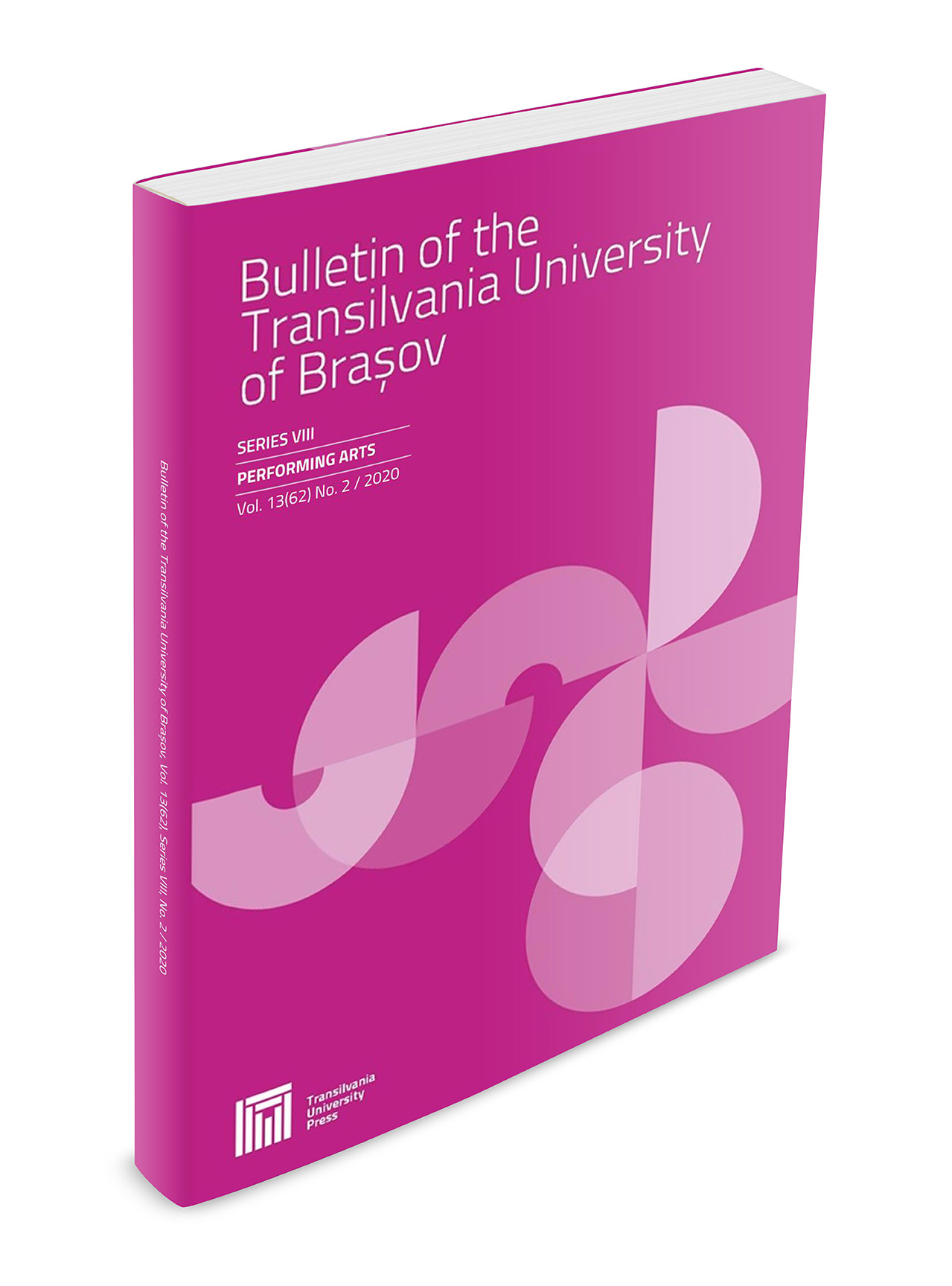Arvo Part. Tintinnabuli style, religious implications
DOI:
https://doi.org/10.31926/but.pa.2023.16.65.1.2Keywords:
Arvo Part, tintinnabuli, religionAbstract
Born in 1935 in Estonia, the child Arvo Pärt studied piano, then attended courses at the School of Music, where he played the oboe, as a percussionist in the orchestra, and sang in the choir. He graduated from the composition class at the Tallinn Conservatory, having Heino Eller as a professor. The basis of tintinnabuli compositional style, as Paul Hillier (Paul Hillier – Arvo Pärt, New York, Oxford University Press 1997, 96) describes, is a two-part texture consisting of a ‘melodic’ voice, moving mostly gradually, from or towards a central pitch and a ‘tintinnabuli’ voice sounding the notes of the tonic triad. The transition of Arvo Part towards his re-affirmation as a composer has a component of personal development in the field of spirituality and religion. In the year around 1971, he met his second wife, Nora, who catalyzed his renunciation of the Lutheran confession in favor of the Christian Orthodox religion. In an interview, Jamie McCarthy (McCarthy, Jamie An Interview with Arvo Pärt, Musical Times 130, March 1989) asks him about his feelings regarding a possible influence of the Russian Orthodox religion upon his work. Pärt answers: “Religion influences everything. Not just music, but everything”.
Downloads
Published
Issue
Section
License
Copyright (c) 2023 Bulletin of the Transilvania University of Braşov. Series VIII: Performing Arts

This work is licensed under a Creative Commons Attribution 4.0 International License.




